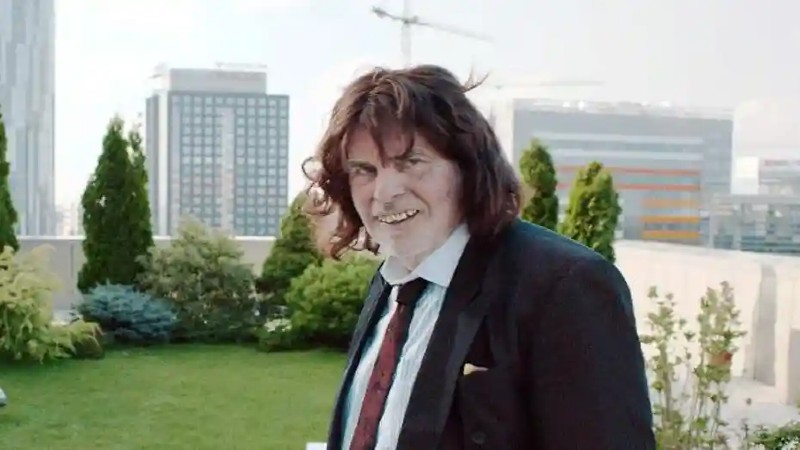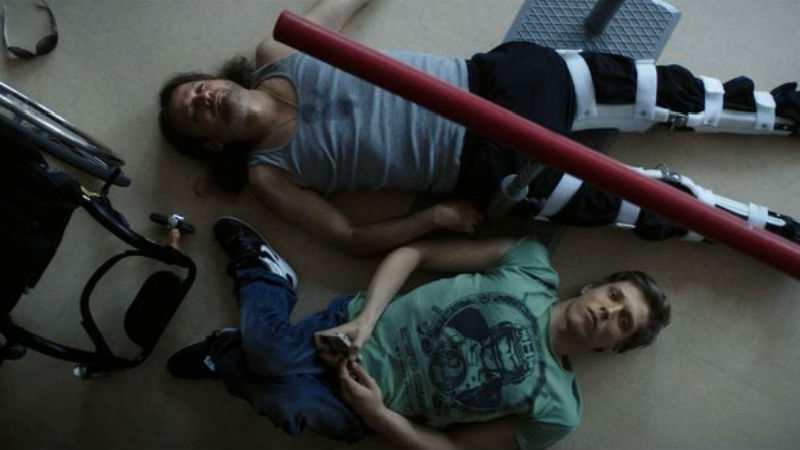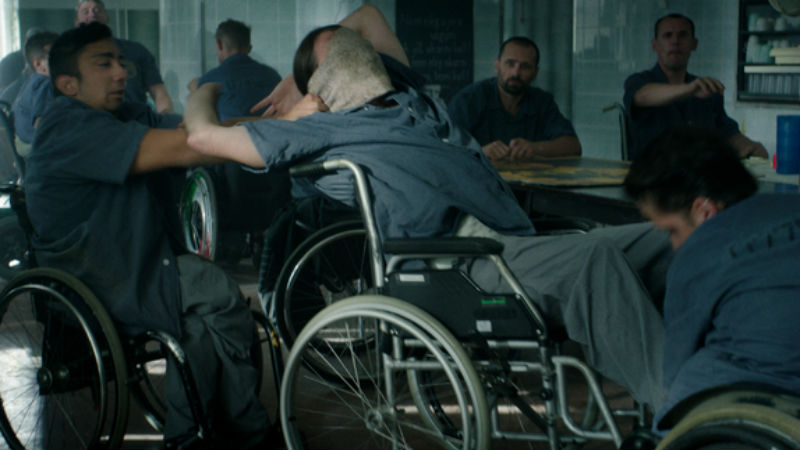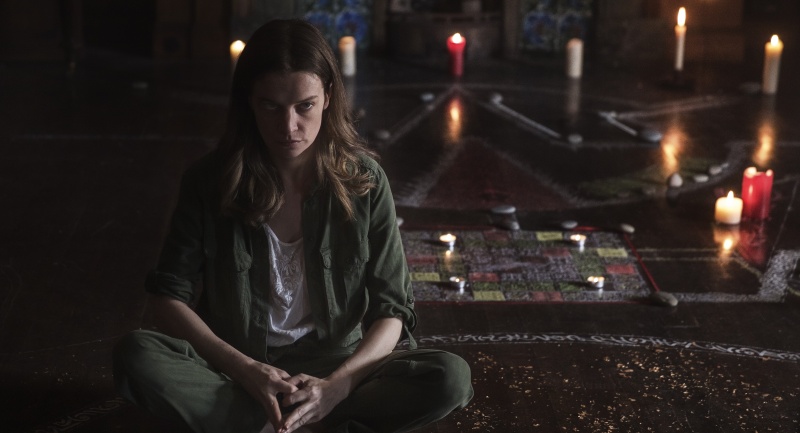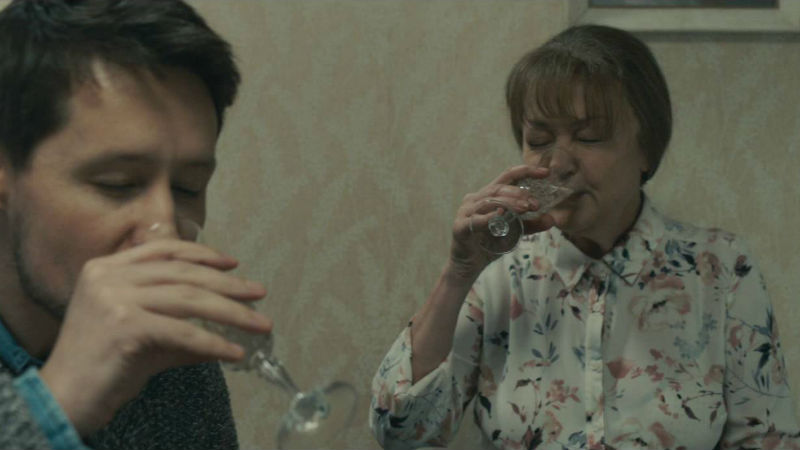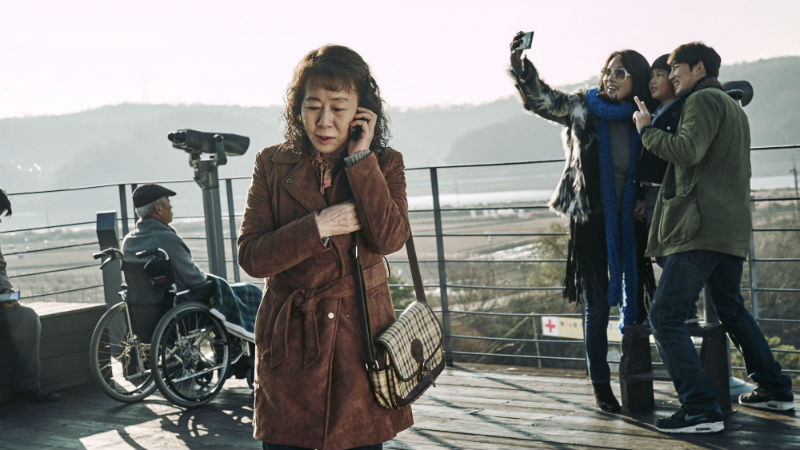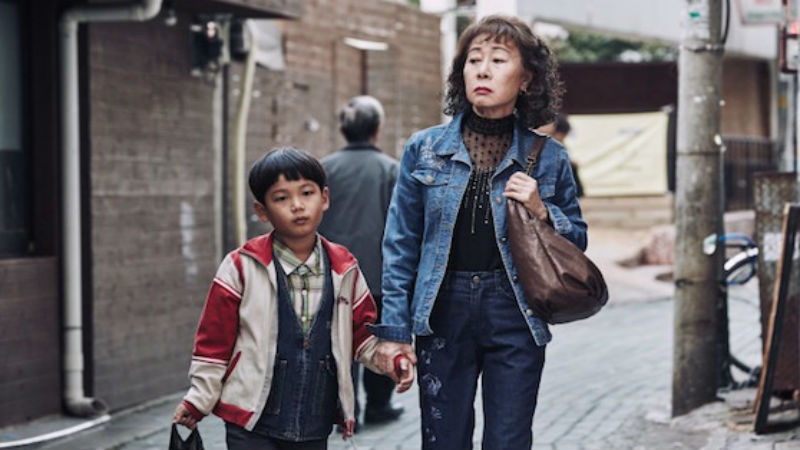Marina Abramovic takes a trip through the melting pot of Brazilian religions, faiths, cults and mysticism. She travels to remote corners of the country and deeply engages with very obscure and unusual rituals. Despite speaking very little Portuguese, Marina looks very much at home and blends in extremely well. She opens the film saying: “Shaman Denise told me that I don’t come from anywhere”, which might explain why she’s so easily adaptable. “We are all galactic”, she completes. The timing of the film premiere in London is very ironic: her ideas wouldn’t fit in very well with Theresa May’s toxic “citizen of nowhere” remarks last week.
The artist is keen to push both mental and physical limits. She visits an evangelical group that promotes healing through medical practices of highly questinable medical efficacy. The preachers perform cure through pain and faith, and methods include scratching the blade of a knife on a man’s eye, or making an incision in the belly of a standing woman, sticking two fingers inside, twisting them and then stitching the wound – all clearly documented with the camera. Marina does not slam the procedures, instead focusing on the their meditative powers, often dismissed by science and intellectuals as charlatanism.
Marina’s supple spirituality respectfully morphs and adapts into the various environments she visits. She is more than an enthusiastic observer, and instead she deep dives into some of the most powerful rituals, including a mud and herbal cleansing in the nude in a forest near Curitiba, in the South of Brazil. She also tries the hallucinogenic drug Ayahuasca twice, and takes a dangerous and scary trip into the unknown. She vomits, urinates, defecates, writhes and rolls on the floor, as do most people who experiment with the drug. The Peruvian film Icaros: A Vision (Leonor Caraballo/ Matteo Norzi, 2016) also provides some very useful insight into the use of ayahuasca in other parts of South America – click here in order to read or review.
The city of Salvador is perhaps Marina’s most important destination. There she meets a 110-year-old mãe-de-santo (a priestess of Candomblé), who explains to her the secret of longevity. She tries the local food and learns about the connection between what you ingest, your energy and your “horniness”. She also visits the Catholic Bonfim Church. She likes to pick up elements of spirituality in religion, but tends to dismiss the religious establishment as a whole.
Marina is so energetic and dynamic that at times it feels like she is both behind and in front of the camera, while in reality the film was directed by Brazilian filmmaker Marco Del Fiol. The relatively unknown helmer captures some impressive images where Marina interacts with nature in a meditative state, in a waterfall, in the top of a mountain, in the tropical savannah (cerrado) and in leafy forests in Southern Brazil.
The film ends with an altruistic gesture. Marina returns what Brazil gave to her by offering a performance in the city of São Paulo. Cities and noisy and polluted, and therefore people need art in order to get by, she expĺains the rationale behind her gift. For her, nature is complete, and so art is redundant in environment such as the forest and savannah.
Space in Between – Marina Abramovic in Brazil showed as part of the BFI London Film Festival in October. You can purchase it for VoD by clicking here.
Below is the film trailer:
.









